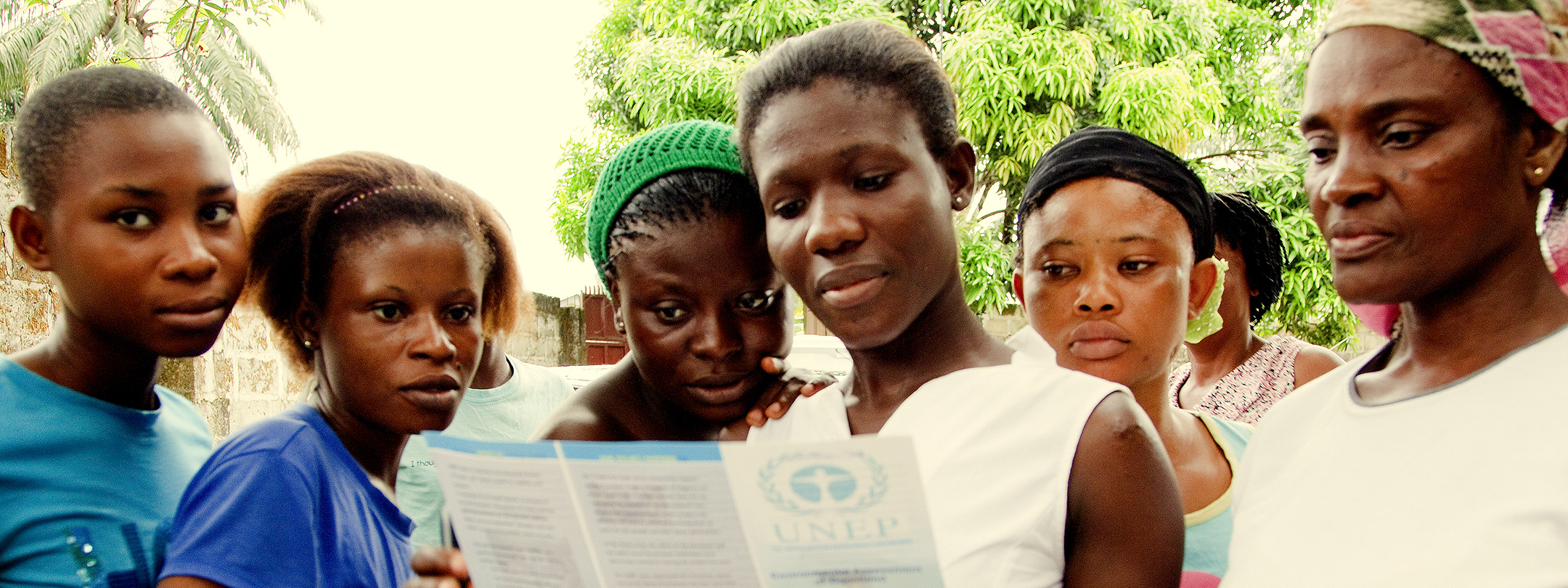Conflict-Sensitive Conservation: Field Report from Queen Elizabeth National Park
Publisher: IISD
Author(s): Rob Craig
Date: 2009
Topics: Basic Services, Dispute Resolution/Mediation, Livelihoods, Monitoring and Evaluation, Programming, Renewable Resources
Countries: Uganda
The Conserving the Peace project is being implemented by the International Institute for Sustainable Development (IISD) with financial support from the MacArthur Foundation, and with technical support from the Conservation Development Centre (CDC). The project’s overall goal is to promote biodiversity conservation and livelihood security in conflict-prone areas of the Albertine Rift. One of the outputs of the project will be a "Conflict Sensitivity in Conservation (CSC) Manual", which aims to provide an analytical and decision-making framework to guide conservation and development organisations to better analyse and respond to conflicts impacting on, or being impacted by, their field interventions. The CSC manual is intended to be a very practical and userfriendly product of direct relevance to field conservation practitioners.
As part of the process of developing the CSC manual, the techniques and approaches outlined in the draft are being tested for a variety of conflict settings and scenarios in the Virunga-Queen Elizabeth protected area complex. In Uganda, the focus is on the conflict situations being addressed by the CARE Rights Equity and Protected Areas (REPA) programme in and around Queen Elizabeth
National Park (QENP).
Between 12-16 December 2006, IISD/ CDC undertook consultations with a range of fishing, pastoralist and agricultural communities within and adjacent to Queen Elizabeth National Park, with facilitation provided by CARE REPA programme staff and partners. These consultations provided an insight into the community perspectives and understanding of the conflicts linked to QENP.
